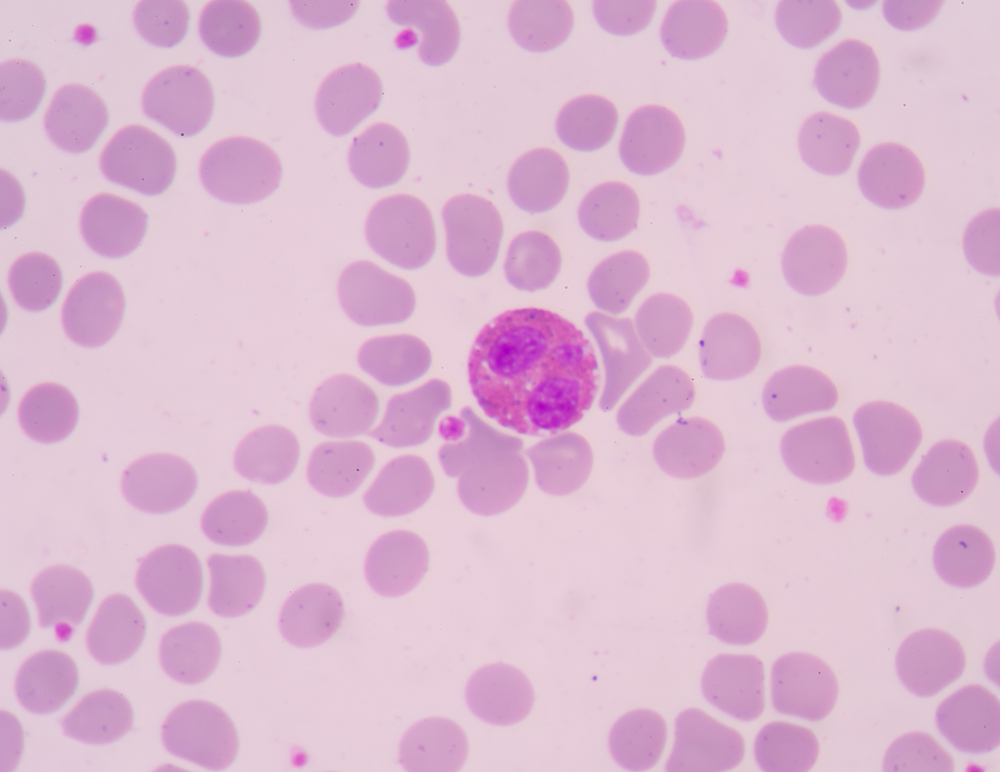Disease Severity in Scleroderma May Be Predicted by Blood Test
Written by |

High counts of a type of white blood cell called eosinophil in peripheral blood may be associated with disease severity in scleroderma patients, according to a study published in the scientific journal Springer Plus.
This knowledge may not only help in predicting the severity of the disease, but also the development of new and better diagnostic and therapeutic approaches for scleroderma.
Eosinophils are white blood cells that mainly play a role in fighting parasitic infections. They are also involved in allergic reactions and asthma. For this reason, the number of eosinophils may be elevated in the blood in situations such as parasitic infestation and allergic reactions, but also as a result of certain types of cancers, such as Hodgkin’s lymphoma, and collagen diseases, such as rheumatoid arthritis and dermatitis, as well as with the use of certain drugs like penicillin.
Previous research suggested that eosinophilic inflammation might also be linked to scleroderma. But scientists to date disagree as to whether this type of inflammation is specific to scleroderma, or whether it is a general feature of any type of collagen disease.
A team of researchers led by Dr. Shinji Motojima, of the Department of Rheumatology at Kameda Medical Center in Japan, reviewed the peripheral blood eosinophil counts in 70 untreated scleroderma patients and compared them to levels in patients with other major collagen diseases, such as rheumatoid arthritis, polymyositis/dermatomyositis, Sjögren syndrome, systemic lupus erythematosus, and mixed connective tissue disease.
Results showed that eosinophil counts were significantly higher in scleroderma patients compared to those with these other collagen diseases. This was, however, not the case for leukocytes, another type of white blood cell.
In addition, the researchers found that the higher the eosinophil counts were, the more severe was the interstitial lung disease sometimes seen in scleroderma patients. The same was true for skin thickness, as measured by the modified Rodnan total skin thickness score. However, eosinophil count did not correlate with the severity of interstitial lung disease in people with other collagen diseases.
The authors of the study, “Associations between peripheral blood eosinophil counts in patients with systemic sclerosis and disease severity,” concluded that eosinophilic inflammation is involved in the pathogenesis and progression of scleroderma.





